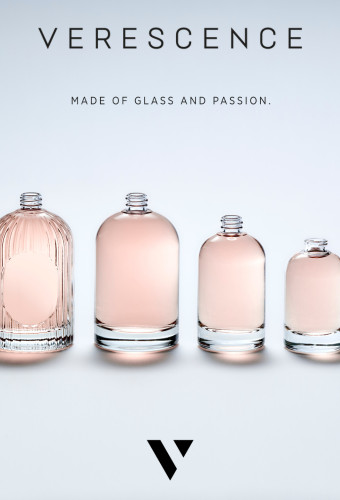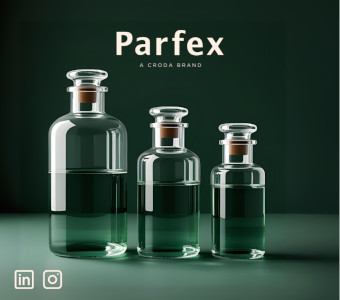
The microbiome is a child of our times, a symbol of the whirl we have been caught in for a few years. When our machines became able to decipher the billions of genomes of the living world, scientists could launch extensive research and discovered both the complexity and fundamental role of the microbial flora in our bodies and this living world as a whole (plants, roots, animals… they all have microbiota). Without the boom of computer memory capacity, none of this would have been possible.
Towards a redefinition of human beings
Five years ago - in the general press for some us (and probably the consumers) or in the specialized press for others - we discovered the extent of the microbial diversity we carry with us and on us. There are actually billions of bacteria, viruses, and parasites in our bodies. There are ten times more of these organisms than human cells in our bodies, which we thought was only defined by our human DNA. Our humanity has just been redefined. We are composed of billions of DNAs carried by organisms which, while they are not human, form an integral part of our bodies. Losing them or doing them harm has an impact on us too.
A dysfunctional microbiota results in a dysfunctional body. Every day, the microbes in us interact and work together with our human cells to keep us alive and healthy. Without them, we just die. Day after day, science discloses new mechanisms through which we affect these hosts, positively or negatively, thus impacting our own health.
The composition of these populations varies according to where they are in our bodies. Under the arms, where it is damp and warm, it is the Corynebacterium and Staphylococcus genuses that dominate. Then there are the families of the Proteobacteria phyla in the drier areas of the skin, etc. But there is always a mix of bacterial populations, which not only interact with our cells, but also between them.
An opportunity for new cosmetics
The microbiome might seem an insurmountable challenge for the cosmetics industry. As Pasteur’s descendants, we had chosen to take into account only the negative effects of the bacteria in this microbial skin envelope. So, how can we deal with it now? How can we manage the fact that the preservatives incorporated into our products might do harm to these systems? What about our hygiene rituals? What are the effects of surfactants? What are we going to do with the industrial processes we were obsessed to make as clean as possible? The very notion of cleanliness must now be questioned, since being clean is actually being covered with microbes.
Companies like AOBiome, together with Mother Dirt, have already started to provide their own solutions. Are they the best adapted ones? What is the impact of these initiatives on traditional products, and on marketing campaigns? We must take a stand, act and speak out with full transparency. It cannot be denied that we are facing a revolution.
It is also obvious that we have a unique opportunity here: that of developing brand new arguments, positioning ourselves as an industry based on extensive scientific knowledge of the skin, and creating new means of consumption and use. Innovation implies getting out of our comfort zone.
Protecting before taking action
So, what should we do now? “First, do no harm”. This adage, which lies at the core of any health trade, can be used as a basis to renew our marketing strategies and make them smarter. The press is full of how harmful a damaged microbiome can be. Let’s restore it and take care of it, let’s be the guardian angels of the microbiome, let’s use this media environment as best possible.
As a treatment’s raison d’être, homeostasis is more powerful than repair. It is part of a global trend, and it enhances innovation much more efficiently than the cosmetics industry thinks it does, as it is often blinded by the race for performance along with players that just do not do the same job (plastic surgery, not to mention it). Before considering integrating smart bacteria into our products, we can already design products, protocols, and new rituals based on the microbiome science that will keep this flora perfectly healthy.
There are endless opportunities: from processes to formulations, from ingredients to packaging, from concepts to products, but also in the arguments to be used.
It is our ability to communicate that will confirm or invalidate our success in adapting to this new era. We will develop all this soon in a new article.



























